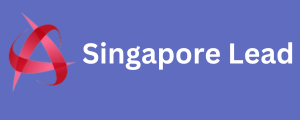During the Roman Empire (27 BC – 476 AD), inscriptions on columns or stone pedestals were first painted by an artist and then chiseled by a stonecutter. This process naturally formed the serifs, the parts that extend beyond the edges of the letters, under the pressure of the chisels.
The Trajan typeface, inspired by the letterforms found on the Trajan Column in Rome, originates from the 1st century AD and remains in use to this day.
.png)
The First Italic Typeface:
In 1501, Aldus Manutius began developing italic typefaces to increase the amount of text per page. Alongside columns, justification, and shop hyphenation, this enabled more text to fit onto each page. Extravagant flourishes, icons, and exaggerated serifs were largely omitted.
The necessity to condense text while maintaining readability led to the creation of several typefaces. The Blackletter typeface was developed by Gutenberg and used for the renowned Gutenberg Bible, printed around 1455.
.png)
The rise of printing was accompanied by a desire for a variety of type styles. In 1728, when William Caslon established his type foundry, he data as the foundation forbusiness Intelligence introduced multiple typefaces. Most of the typefaces he produced were based on Roman or Gothic styles. He also included some characters from the Middle East, including Hebrew and Armenian. Caslon’s typefaces were renowned for their clarity and elegance, many of which are still in use today.
.png)
At the end of the 19th century and the beginning of the 20th century
Art Nouveau had a significant influence on art as well as typography. Designers during this period began to experiment with new letterforms, incorporating flowing lines, elaborate ornamentation, and asymmetrical compositions.
In Paris, the metro entrances were designed by Hector
Fun Facts About Typeface
The Most Popular Typeface: Helvetica is mobile lead one of the most widely used typefaces in the world. It’s so ubiquitous that it even has its own documentary film. Released in 2007, “Helvetica” explores the history and impact of the typeface on visual is dedicated to improving your Gmail user experience day by day.

